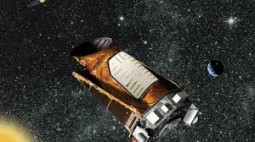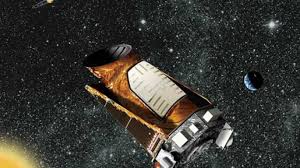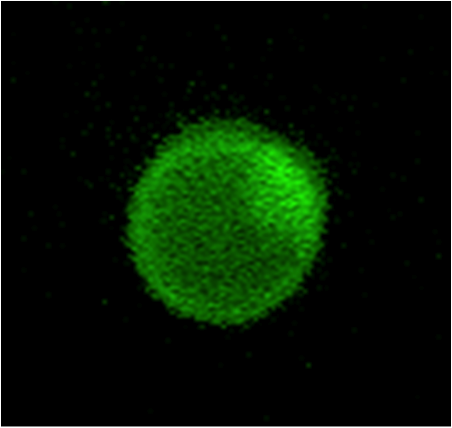For the August 20 How On Earth show we offer two features:

Kepler Spacecraft’s Uncertain Future: (start time 5:48) Are we alone in the cosmos? Are there other planets out there, and could some of them support life? Or, is Earth somehow unique in its ability to support life? The Kepler mission was designed to start addressing that question by searching for planets around other stars. Since its launch in March 2009, the Kepler spacecraft has discovered many diverse candidate planets around other stars, but recently the spacecraft has run into some technical problems. Dr. Steve Howell from NASA’s Ames Research Center talks with co-host Joel Parker about Kepler’s past, present and future.

Cancer’s Impact on Fertility: (start time 14:52) It’s tough enough to receive a cancer diagnosis. For many patients, an added insult is that chemotherapy treatments can render them infertile. However, there are many options for cancer patients who want to have children, or more children – both men and women. A key problem has been that many of them aren’t educated by oncologists about their fertility options and they jump right into drug treatments. Dr. Laxmi Kondapalli, an assistant professor of reproductive endocrinology and infertility at the University of Colorado Denver and head of the CU Cancer Center’s Oncofertility Program, talks with co-host Susan Moran about the medical science of take cancer therapies and the latest in fertility-preservation options.
Hosts: Susan Moran, Joel Parker
Producer: Susan Moran
Additional Contributions: Shelley Schlender
Engineer: Joel Parker
Executive Producer: Susan Moran
Listen to the show:
Podcast: Play in new window | Download (Duration: 23:26 — 21.5MB)
Subscribe: RSS





